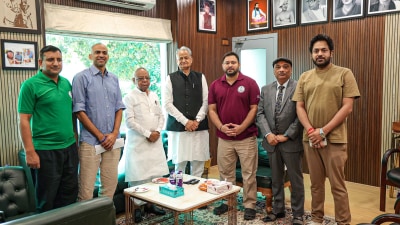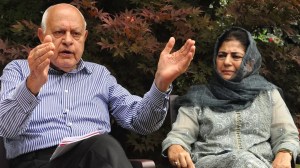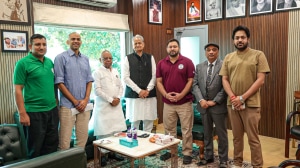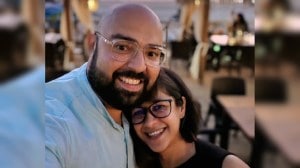The real victim is civil society
The political exasperation of the Bombay Muslims after the riots of December 1992-January 1993 was most evident when they sought a rappro...

The political exasperation of the Bombay Muslims after the riots of December 1992-January 1993 was most evident when they sought a rapprochement with the Shiv Sena in the run-up to the 1995 Assembly elections. This suicidal act followed the consensus in the community that an open enemy was preferable to a wolf in sheep’s clothing the Congress. The Muslim support led to the Shiv Sena-BJP alliance’s victory in the elections.
Within a year of the installation of the BJP-Shiv Sena government, the Muslims felt betrayed. The government systematically axed the minorities commission, the haj committee, the Urdu academy and the Srikrishna Commission investigating the 1992-93 riots.
The Srikrishna Commission was restored by the 13-day BJP government at the Centre at the behest of Atal Behari Vajpayee. The so-called liberal face of the BJP was thus unveiled sending confusing signals of its political intent. However, it was a short-lived affair. A year later the Maharashtra government tried to stop the tabling ofthe commission report in the Assembly.
When pushed to the wall by the opposition they yielded but only to reject its findings. Since then, they have initiated a misinformation campaign against the contents of the report, terming it “anti-Hindu” and “pro-Muslim”.
This arrogance is a vindication of earlier speculations about the government’s political designs over the riot probe. The government’s unease was first manifested when it tried to dilute the commission’s findings by including within its purview the probe into the bomb blasts case. Its nervousness increased when the witnesses fearlessly named their tormentors and identified them in political categories.
The political imperative in earlier efforts to stall the proceedings of the commission are also confirmed by a report submitted in 1996 by Justices H. Suresh who conducted a parallel inquiry into the Bombay riots. That report clearly indicts the Shiv Sena and identifies about 60 police officers guilty of being anti-Muslim.
The rejection ofthe report submitted by a duly constituted committee headed by a learned judge of impeccable repute simply because it convincingly indicts the Shiv Sena is yet another instance of the government’s lack of respect for the rule of law. It is not a mere coincidence that the belligerence in Maharashtra is matched by an equally fierce aggressiveness in other BJP-ruled states.
In Gujarat auto drivers have been forced by the sangh parivar activists to display their religious identities on their vehicles. At same time, the state government has set up a special cell to “look into and monitor” Hindu-Muslim marriages. This intrusion into the private lives of ordinary citizens followed the Bardoli riots where an entire village was wiped clean of Muslims after an inter-religious marriage ignited communal passions.
In Uttar Pradesh there is a concerted effort to malign premier Islamic centres of learning like Nadwat al-ulama and the Deoband seminary which have a nationalist past and an impeccably cleanpost-independence record. Police officers with proven anti-Muslim bias have been posted in Saharanpur and not surprisingly they are generating an unsubstantiated hysteria about “illegal Bangladeshis, ISI and other brands of terrorists”.
It is in this context of religious discrimination that the Home Minister’s demand for a review of the constitution sounds dangerous. Perhaps constitutional amendments are now needed to redefine “acceptable behaviour”, given the fact that the Vajpayee government has so far not been able to rein in the parivar. It is time we began to see the sangh parivar not simply as pro-Hindu or anti-Muslim but as an organisation with a far more sinister agenda. At stake is the civil society.
The writer is a Reader in History at Jamia Millia Islamia, New Delhi





- 01
- 02
- 03
- 04
- 05


























